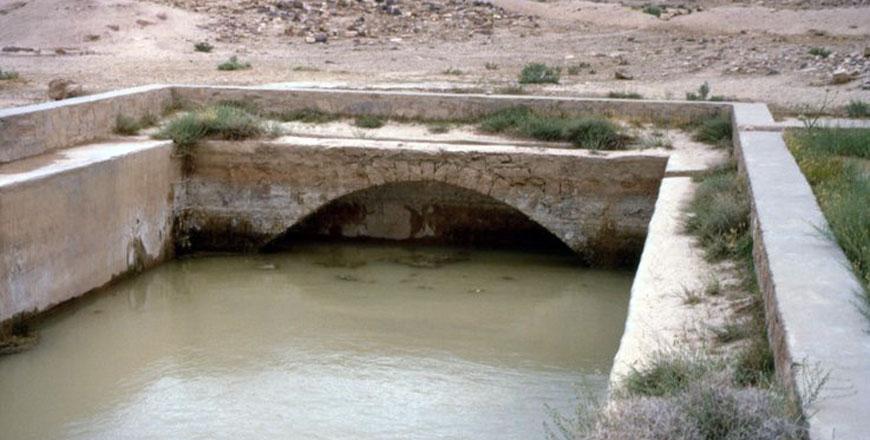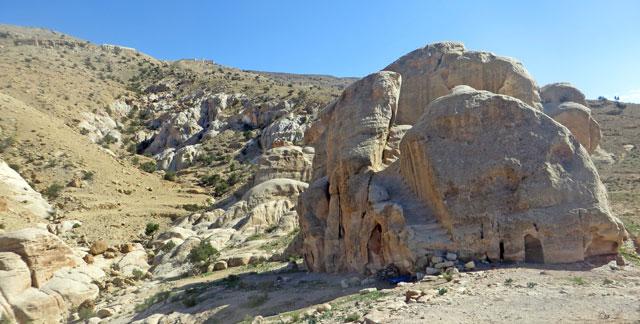You are here
Nabataean flood control system restoration project wins award
By Saeb Rawashdeh - Nov 16,2020 - Last updated at Nov 16,2020

A restored Nabataean dam in Petra (Photo courtesy of Catreena Hamarneh)
AMMAN — The “Restoration of the Ancient Nabataean Flood Control System in Wadi Madras at Petra” project has won the Arab Forum for Cultural Heritage and ICCROM Award for outstanding projects at archaeological sites, according to organisers.
ICCROM Award is given to individuals who have contributed significantly to ICCROM’s development, and/or who have special merit in the field of conservation, protection and restoration of cultural heritage, according to its website.
The award-winning project is a joint venture between the German-Jordanian University and the Yarmouk University.
“The uniqueness of this project stems from its multi-disciplinary approach and the strong collaboration with the local community,” noted Catreena Hamarneh from the German Protestant Institute of Archaeology, who was directly involved with the project.
The team had a small-scale project that was carried out in the Beidha area, when they presented results to the people and the authority in Petra asking them to point out to the team where would they want the implementation of a large-scale project.
“And this is how our ‘restoration of ancient Nabataean flood control systems’ was born,” Hamarneh highlighted, noting that Professor Niza Abu Jaber from the German-Jordanian University formed a team of hydrologists, archaeologist, geomatics and architects.
“Each discipline complemented the other,” she said, stressing that to restore the ancient flood control system it was first necessary to collect data, from real rainfall data to geomorphological data, and to understand the surface flow.
“Second, it was important to understand the elements of the flood control system: Terraces, check dams and weirs. This required to conduct full documentation using drones and laser scanners to document over 110 terraces that were constructed within the catchment,” Hamarneh noted.
Moreover, it was fundamental to understand how did the Nabataeans construct these terraces, how did they lay the stones and design the structures, the scholar said.
“After we collected all these data, three designs were proposed for the stakeholders [Petra Development and Tourism Region Authority, Petra National Trust, the Department of Antiquities, UNESCO, the International Council on Monuments and Sites] for approval. This was followed by training the local community to reconstruct these terraces,” Hamarneh added.
Hamarneh said that the Nabateans employed elaborate flood control systems in Petra and these measures not only mitigated much of the flood damage in the ancient city, but led to water harvesting and agricultural development in the hinterlands.
Related Articles
AMMAN — Despite the low rainfall in Petra, the Nabataeans managed to create “a very sophisticated system” to capture and use this water to g
AMMAN — A group of experts in water harvesting and geology decided to implement the ancient knowledge of Nabataeans in flood control systems
AMMAN — A Jordanian scholar on Wednesday gave a lecture outlining the ancient Nabataeans’ water-harvesting prowess, exemplified by the Qanta


















